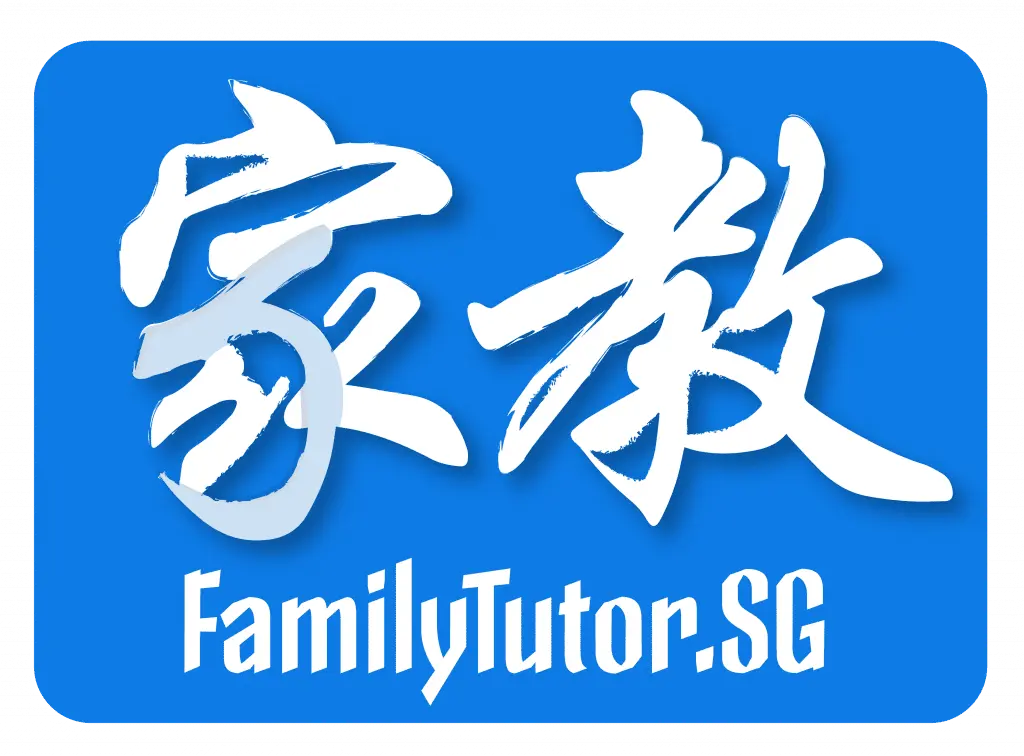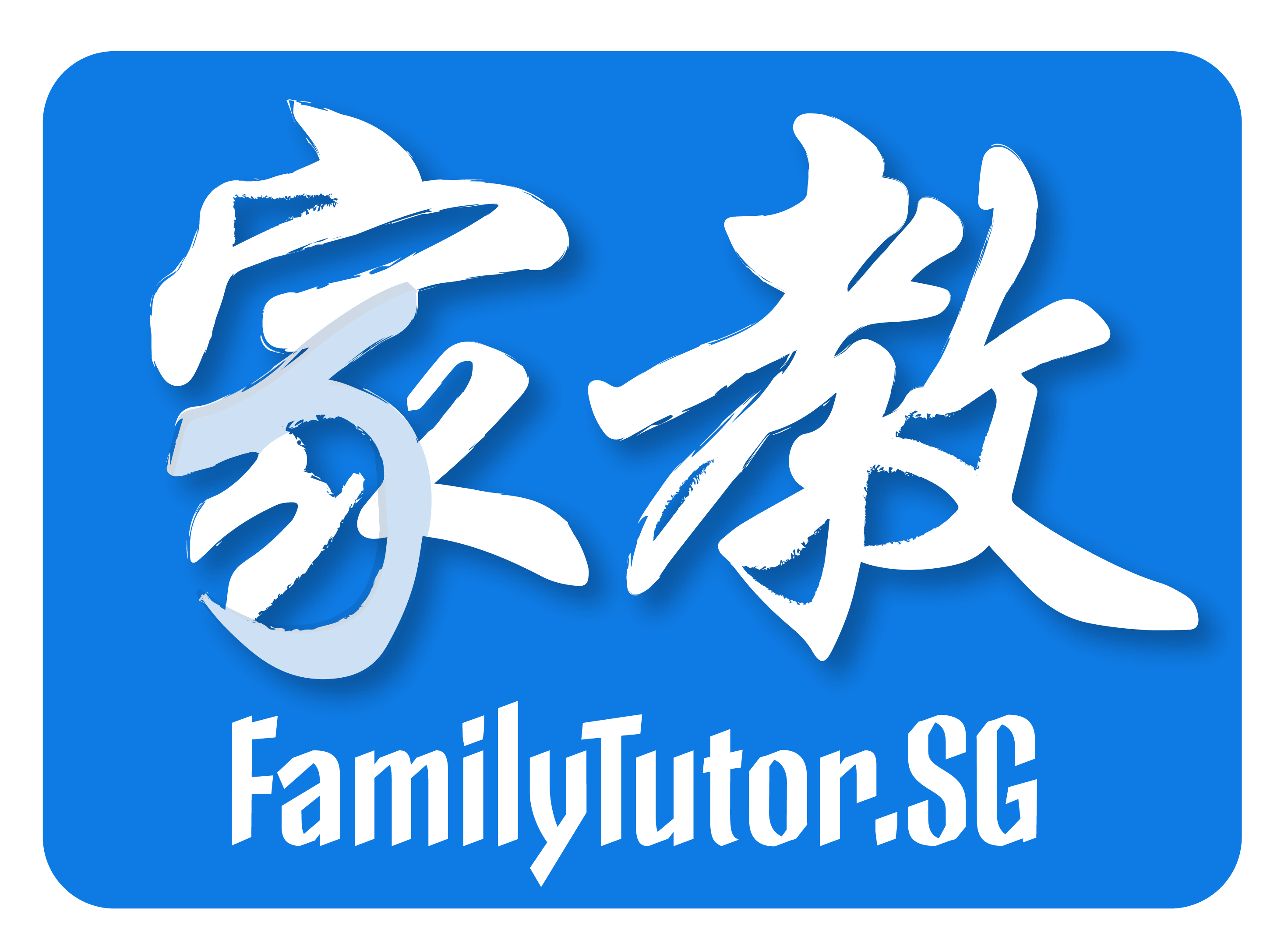
Student Engagement: What is a Flipped Classroom?

The idea of a flipped classroom might sound novel to many, and for good reason. But what is a flipped classroom? The concept, pioneered in 2007 by American highschool teachers Jonathan Bergmann and Aaron Sams, is aimed at introducing content to students at home prior to practice in school. The blended learning approach involved Bergmann and Sams pre-recording lectures and posting them online for their students, to allow for the latter to catch up and review information outside of the classroom.
What started out as a way for two teachers to allow for flexible learning soon became a revolutionary means of educating a generation, and the flipped classroom has been a staple of many educational institutions around the world.
How is a flipped classroom beneficial to learning?
The benefits of a flipped classroom apply to both students and instructors. Due to the way content is delivered, students are given room to learn at their own pace, instead of having to speed up or slow down to match their peers in the classroom. In the comfort of their own homes and processing information at their preferred speed, deep learning occurs when these students have time to digest and integrate new concepts.
In this regard, the classroom functions more as a review session of sorts where students can clarify doubts and reinforce learning. Furthermore, the additional time freed up in the classroom when instructors aren’t lecturing provides for students to conduct peer instruction within each other. For teachers, preparing content and delivering lectures outside of class time means that they have additional bandwidth for in-class observation and student engagement. Dedicated time may be used by teachers to get weaker students up to par and provide intervention prior to any issues.
How is this type of teaching different from conventional methods?
The main difference between a flipped classroom and conventional methods lies in the method of learning. The ideal outcome of a flipped classroom is consequently, flipped learning. This method of delivery serves to facilitate the learning experience into one that is more individualised and tailored. Instead of teachers addressing students as a group and lecturing en masse, flipped learning takes into account the individual nuances in each learner and helps them move at their own pace.
Of course, an approach such as the flipped classroom does come with some challenges as well. Compared to conventional methods, flipped classrooms rely heavily on technology to succeed. Students need access to the internet and must have the skills required to execute at-home learning. In contrast to goold old whiteboard lectures, this barrier of entry might prevent successful flipped learning.
How can you implement this in your teaching?
Implementing flipped classroom pedagogy in your teaching begins first with planning – knowing what lessons in particular you want flipped is crucial. Remember that a flipped classroom, like any lesson, must be executed with a goal and lesson plan in mind.
Outlining the key learning outcomes through a flipped classroom ensures success.The next steps involve utilising mediums and recording lessons based around the content taught. A one hour lecture without facilitation and teaching aids defeats the purpose of a flipped classroom. After the recorded lesson has been disseminated, regrouping in class and reviewing the lesson is the next crucial step. Through student engagement and peer instruction, discuss topics with students and dive deeper into the recorded content.
Revising key concepts and encouraging active participation are all pillars in the flipped learning process which supersedes conventional learning methods. Finally, be sure to sync up with students before closing out in-person class time, spending time to guarantee that each individual has grasped the material firmly and understood what was taught both on the recording and in-class during discussions.
Start teaching today with FamilyTutor
The field of education and instruction is a dynamic landscape, and ideas such as flipped classroom pedagogy are just an indication of how learning patterns must change with the times. Whether you’re teaching GCE ‘O’ Levels or PSLE, find out how you can bring the most out of your students with different teaching techniques.
If everything you have read here resonates with you, sign up with FamilyTutor to become a home tutor and impact young minds today.

Carelle
Carelle is a teacher who has been through the ups and downs of the teacher and learner life. She wishes for every learner to gain educational satisfaction that will help embody the people they want to be in the future.
Tell Carelle Below What You Think About Her Post!

About FamilyTutor!
FamilyTutor is an established home tuition agency in Singapore! We match suitable home tutors for our clients not just to improve the students' academic grades, but also to build a strong rapport and meaningful relationship with the students and even the their whole family. FamilyTutor put every student in good hands!
If you need an excellent home tutor, feel free to call/WhatsApp us at +65 8777-2168! Our matching service is free!
Related Posts!
Follow Us On Facebook!
Our Service!
- Home Tuition in Singapore
- Home Tutor in Singapore
- Home Tuition Rates in Singapore
- Preschool Home Tuition
- Primary School Home Tuition
- PSLE Home Tuition
- Secondary School Home Tuition
- ITE Home Tuition
- N Level Home Tuition
- JC Home Tuition
- A Level Home Tuition
- Polytechnic Home Tuition
- University Home Tuition
- A-Math Home Tuition
- Biology Home Tuition
- Chemistry Home Tuition
- Chinese Home Tuition
- Economics Home Tuition
- English Home Tuition
- Geography Home Tuition
- H2 Chemistry Home Tuition
- Higher Chinese Home Tuition
- Hindi Home Tuition
- History Home Tuition
- IB Chemistry Home Tuition
- IP Chemistry Home Tuition
- IP Math Home Tuition
- IP Home Tuition
- JC Chemistry Home Tuition
- Literature Home Tuition
- Malay Home Tuition
- Math Home Tuition
- O Level Chemistry Home Tuition
- O Level Math Home Tuition
- O Level Physics Home Tuition
- Online Home Tuition
- Physics Home Tuition
- POA Home Tuition
- Science Home Tuition
- Tamil Home Tuition
Education Levels
National Exams
Math & Science Subjects
Language Subjects
Japanese Tuition
Korean Tuition
German Tuition
Humanities Subjects
Social Studies
Chinese Literature Tuition
About Us
FamilyTutor is an established and the people’s favourite home tuition agency in Singapore! We match a suitable tutor for you not just to improve the student’s grade, but also to build a good rapport and meaningful relationship with the student and even with the student’s whole family! With FamilyTutor, every Singaporean son & daughter is in good hands.
Contact Us
- 8777 2168
- 8777 2168
- Mon-Sun 9am-10pm (Including PH)
- [email protected]
- 17 Petir Road Singapore 678278



